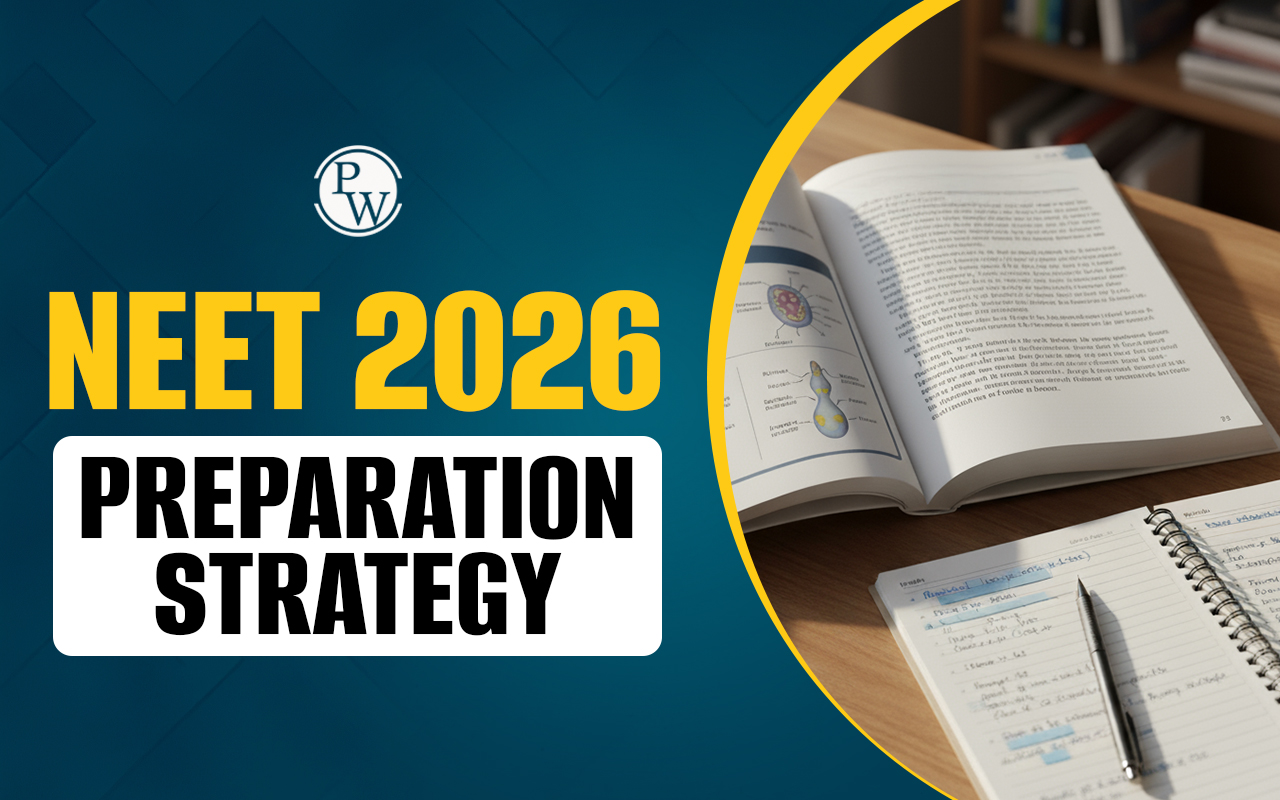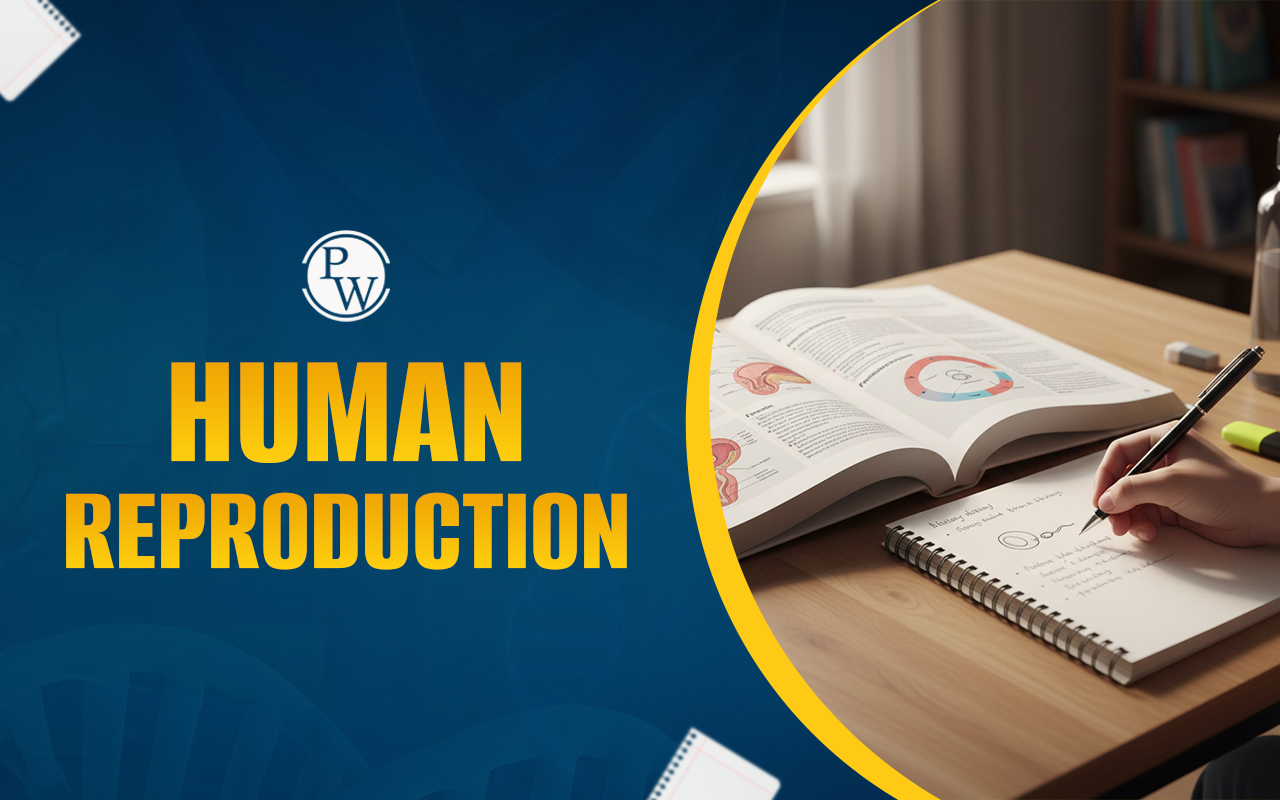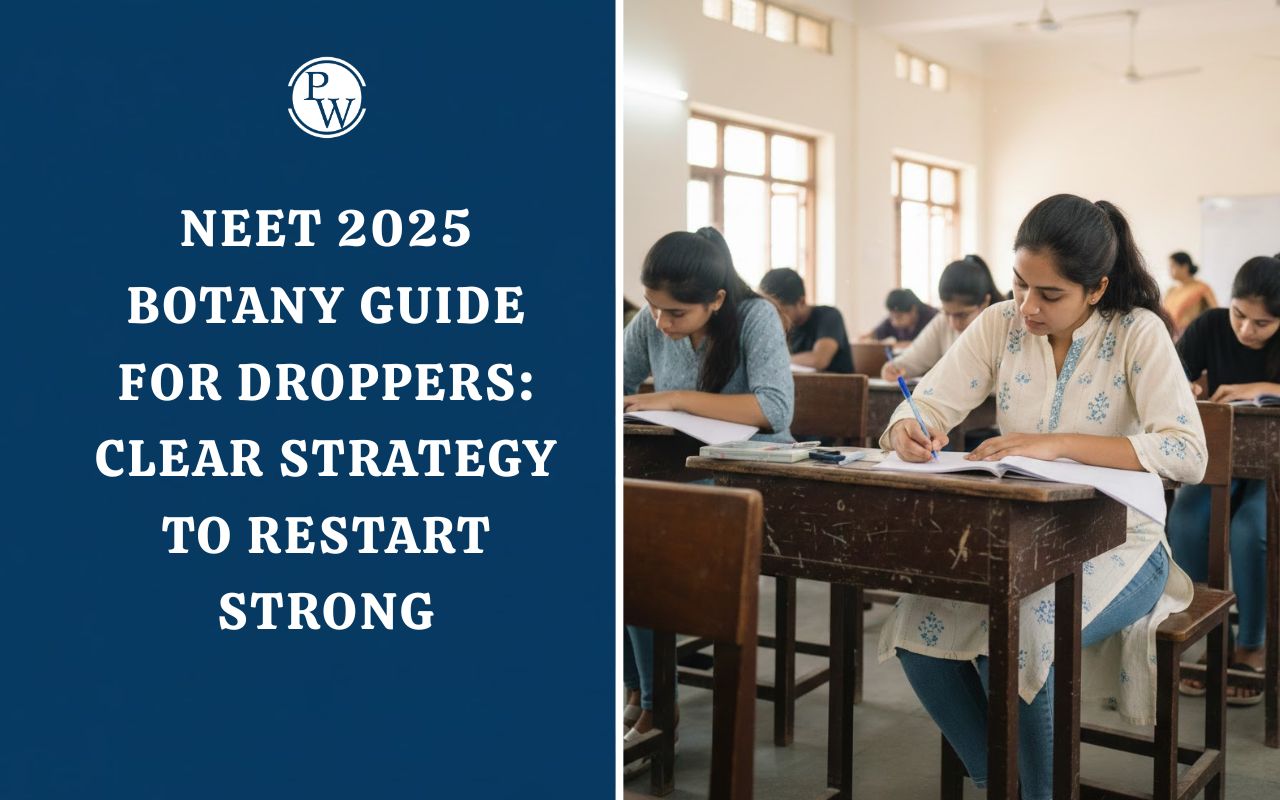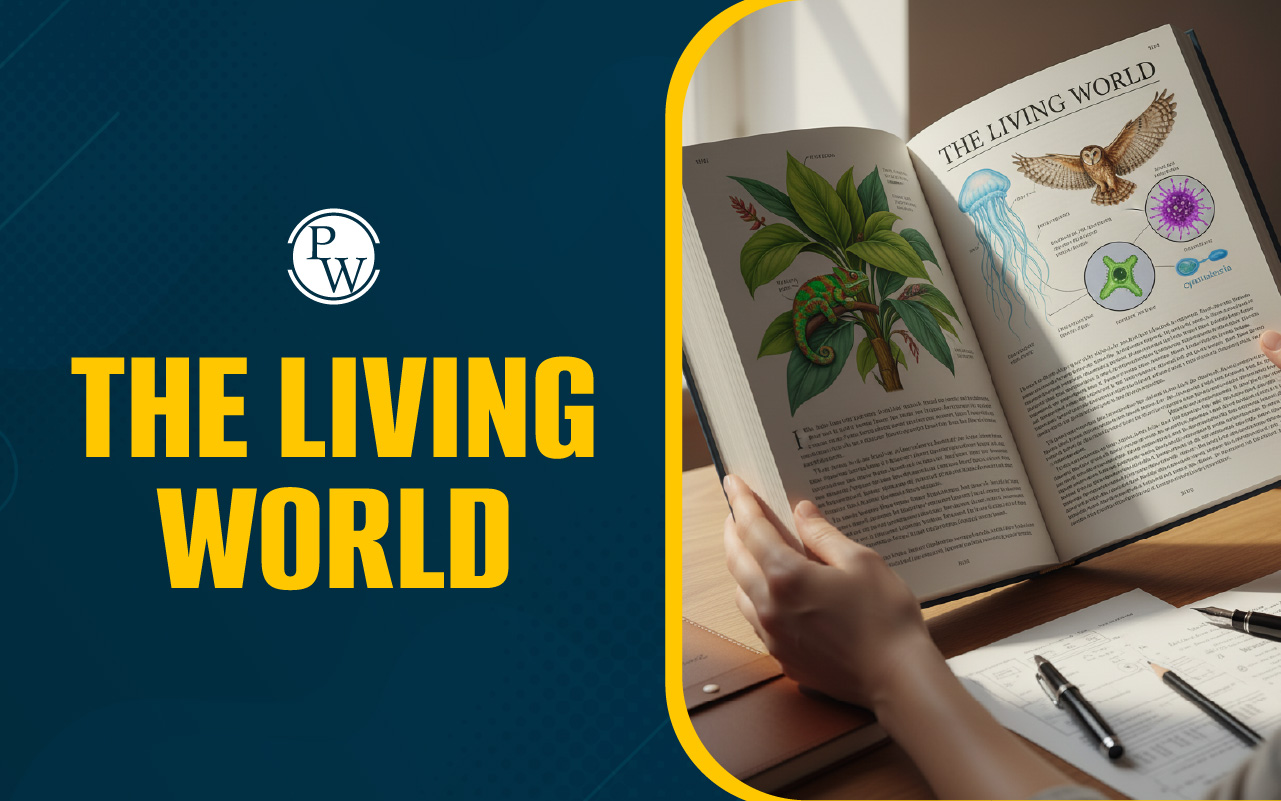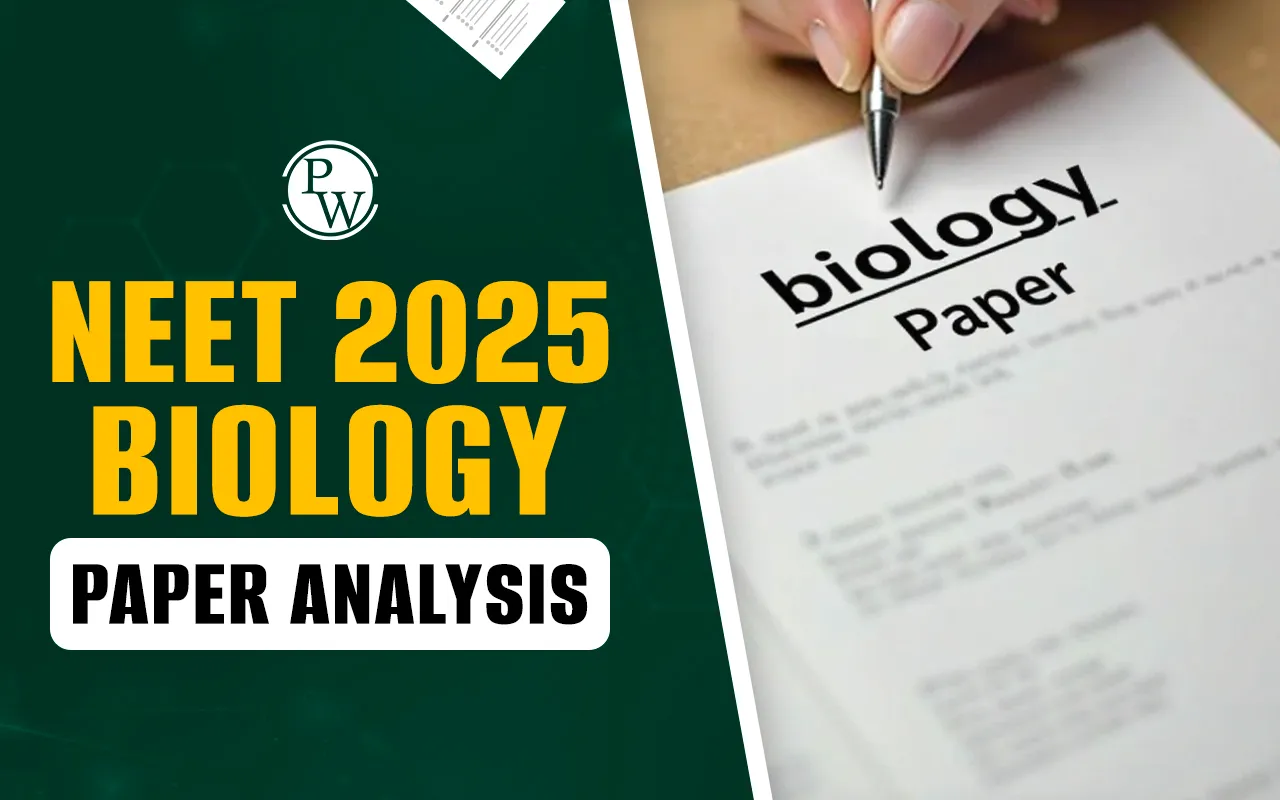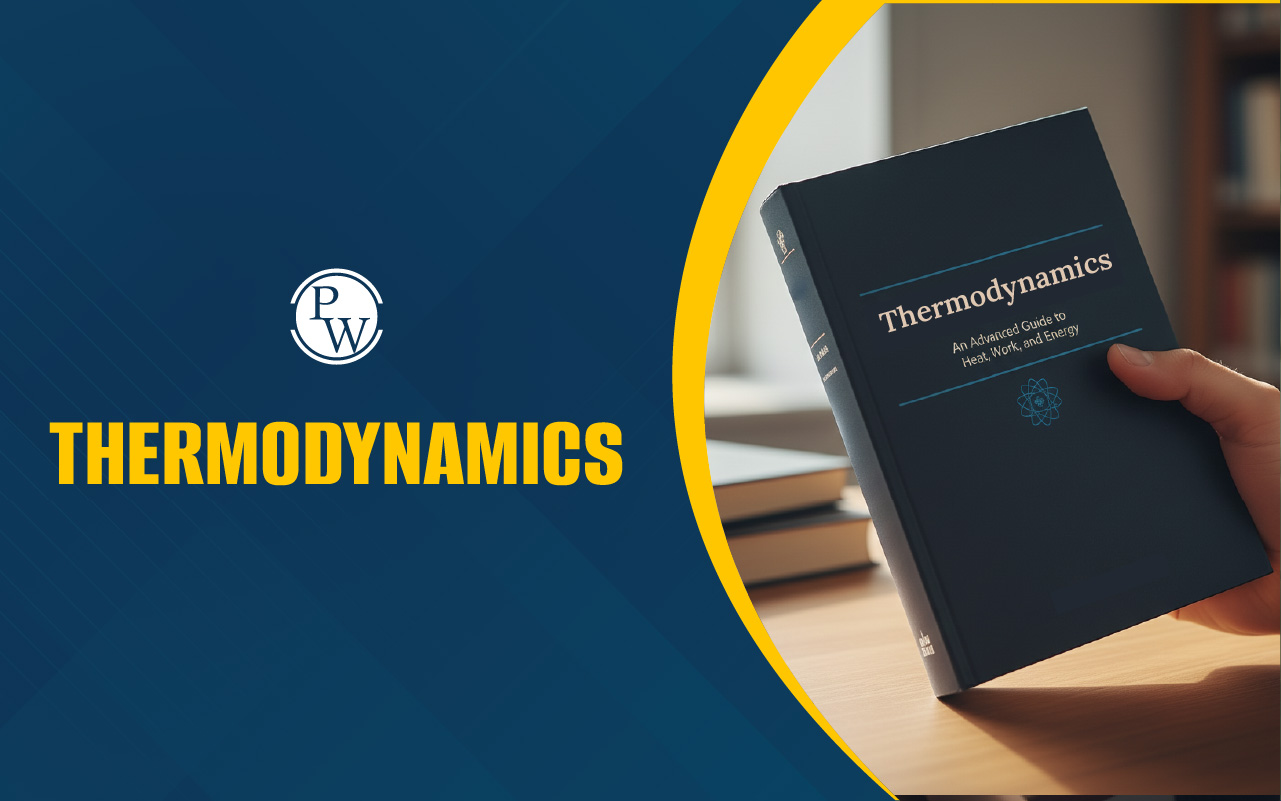
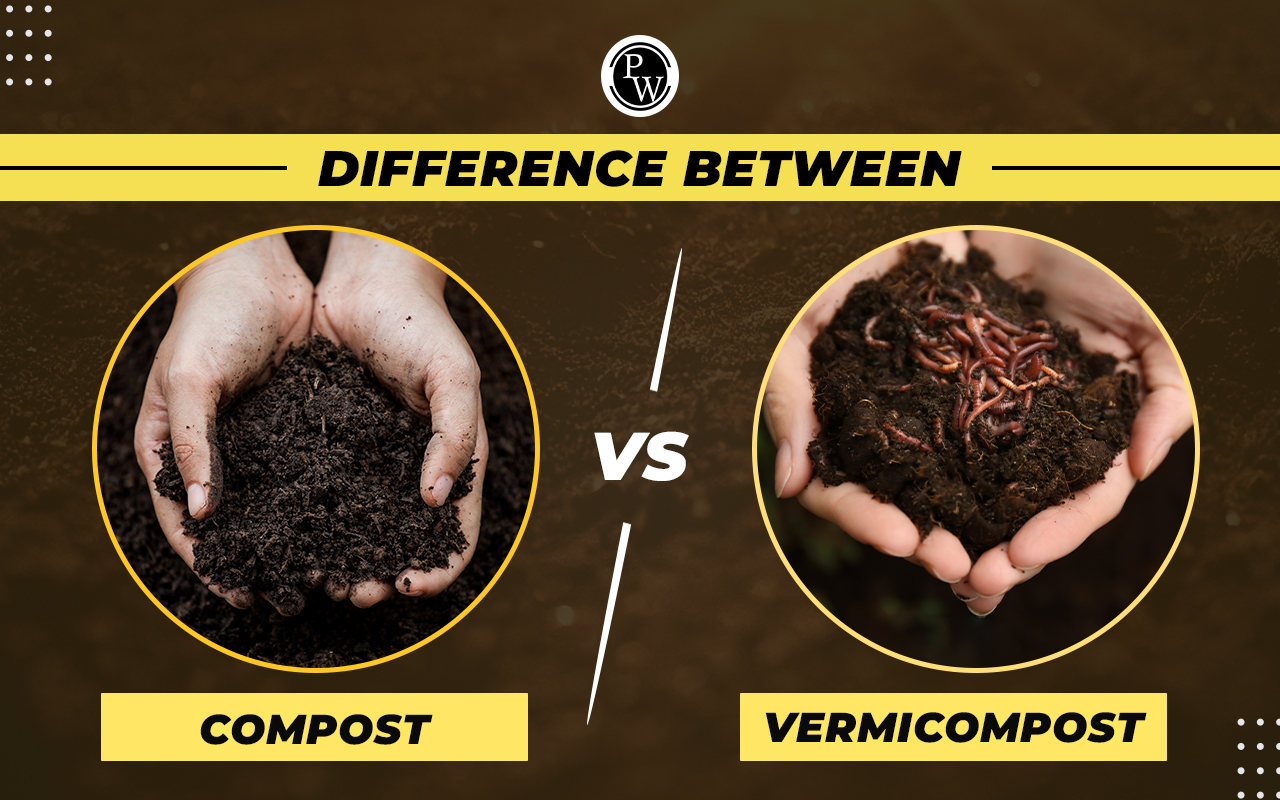
Difference Between Compost and Vermicompost: In the realm of sustainable waste management and organic gardening, composting has emerged as a powerhouse for enriching soil and promoting plant growth. However, within the world of composting, there exists a lesser-known but equally fascinating counterpart - vermicomposting. In this page, we'll talk about the difference between compost and vermicompost, and much more!
| NEET Biology Syllabus | NEET Biology Diagrams |
| NEET Biology MCQ | NEET Biology Chapter wise Weightage |
| NEET Biology Notes | NEET Previous Year Question papers |
Difference Between Compost and Vermicompost Overview
Compost is the result of a natural decomposition process where organic materials, such as kitchen scraps, yard waste, and other biodegradable substances, break down into a nutrient-rich soil conditioner. Its primary purpose is to improve soil structure, enhance fertility, and contribute to sustainable agriculture and gardening practices. On the other hand, vermicompost is a specific type of compost produced with the help of earthworms. These diligent creatures play a crucial role in breaking down organic matter into a potent fertiliser, known for its high nutrient content and excellent soil conditioning properties. Vermicompost is celebrated for its ability to enrich soil while fostering microbial activity. The main differences between compost and vermicompost lie in their compositions, microbial activities, nutrient content, texture, and appearance. While both are valuable in their own right, understanding these distinctions can help gardeners and farmers make informed decisions based on their specific needs.Difference Between Compost and Vermicompost
Compost and Vermicompost may sound similar. However, they are not at all the same. Here are the main differences between compost and vermicompost:|
Difference Between Compost and Vermicompost |
||
|---|---|---|
| Characteristic | Compost | Vermicompost |
| Composition | Compost is typically composed of a diverse array of organic materials. These may include kitchen scraps (fruit and vegetable peels, coffee grounds, etc.), yard waste (leaves, grass clippings), and other biodegradable substances. | Vermicompost, as the name suggests, involves the assistance of earthworms in the decomposition process. The organic matter fed to the worms often includes kitchen scraps, aged manure, and other plant materials. |
| Microbial Activity | Composting relies on a mix of aerobic microorganisms (bacteria, fungi) to break down organic matter. These microorganisms thrive in an oxygen-rich environment. As composting progresses, temperatures rise due to microbial activity, creating conditions that facilitate the decomposition process. | In vermicomposting, earthworms contribute to microbial activity through their digestive processes. The worms' digestive tracts contain enzymes and microorganisms that further break down the organic matter. Vermicomposting occurs in a more controlled environment compared to traditional composting, with the earthworms playing a pivotal role in enhancing microbial diversity. |
| Nutrient Content | Compost contains essential elements such as nitrogen, phosphorus, potassium, as well as a range of micronutrients. The nutrient content in compost may vary based on the types and proportions of organic materials used in the composting process. | Vermicompost is particularly rich in nitrogen, phosphorus, potassium, and beneficial microorganisms, making it an excellent choice for gardeners seeking a potent organic fertiliser. |
| Texture and Structure | Compost typically has a crumbly texture, resembling dark, rich soil. The decomposition process, driven by microbial activity, results in a homogeneous and well-structured material. | Vermicompost, with the influence of earthworms, often has a finer and more granular texture. The castings produced by the worms are well-processed and provide a velvety feel. |
| Odour and Appearance | During the composting process, especially in the early stages, there may be a noticeable earthy or musty smell | Vermicompost tends to have a less pronounced odour compared to traditional compost. The digestive activities of earthworms contribute to a cleaner and less pungent scent |
| Visual Differences | Dark and crumbly | Uniform and finely textured |
What is Compost?
Composting is a natural biological process that transforms organic materials into a nutrient-rich soil conditioner. It is an aerobic process, meaning it occurs in the presence of oxygen. The decomposition is facilitated by a diverse community of microorganisms, including bacteria, fungi, and other decomposers. Aerobic decomposition requires the right balance of carbon and nitrogen, often referred to as the carbon-to-nitrogen (C/N) ratio. This process involves multiple stages, starting with the breakdown of complex organic compounds into simpler forms. As microbial activity intensifies, temperatures within the compost pile rise, further accelerating decomposition. Here are some of the benefits of Compost:- Soil Enrichment: Compost improves soil structure by enhancing both water retention and drainage. The organic matter in compost acts as a sponge, holding moisture in the soil and preventing runoff.
- Water Retention: The improved structure provided by compost allows soil to retain more water, reducing the frequency of irrigation. This is particularly beneficial in regions with erratic rainfall.
- Disease Suppression: Compost has been shown to suppress certain soil-borne diseases. The diverse microbial community in compost competes with harmful pathogens, helping to create a healthier soil environment for plants.
What is Vermicompost?
Vermicomposting is a specialised form of composting that involves the use of earthworms, typically of the species Eisenia fetida, commonly known as red wigglers. These voracious eaters consume organic matter and excrete nutrient-rich castings, which form the basis of vermicompost. The vermicomposting process requires a controlled environment to ensure optimal conditions for the earthworms. This includes maintaining suitable moisture levels, providing aeration, and controlling the temperature. The result is a nutrient-dense material that surpasses traditional compost in terms of its fertility-boosting properties. Here are some of the benefits of Vermicompost:- Enhanced Nutrient Availability: Vermicompost is prized for its high nutrient content. The digestive processes of earthworms break down organic matter into a form that is readily available to plants, promoting robust growth.
- Improved Soil Structure: The fine texture of vermicompost contributes to improved soil aeration and structure. The castings produced by earthworms create channels in the soil, enhancing root development and nutrient uptake.
- Increased Microbial Activity: The presence of earthworms in the vermicomposting process not only aids in decomposition but also enhances microbial diversity in the soil. This contributes to a healthier soil ecosystem and improved plant resilience.
Difference Between Compost and Vermicompost FAQs
What's the role of the carbon-to-nitrogen ratio in composting?
The carbon-to-nitrogen ratio (C/N ratio) influences the composting process. Balancing "browns" (carbon-rich materials) and "greens" (nitrogen-rich materials) ensures efficient decomposition.
Can I compost in an apartment?
Apartment composting is possible with small-scale bins, vermicomposting systems, or using community composting facilities. Be mindful of space and potential odours.
Can I use compost for indoor plants?
Yes, you can use compost for indoor plants, but ensure it's well-rotted and mixed with potting soil to avoid introducing pests.
What's the difference between hot and cold composting?
Hot composting involves higher temperatures, accelerating decomposition. Cold composting is slower, relying on ambient temperatures and microbial activity over time.
Do I need a special bin for vermicomposting?
While special bins are available, you can also use a simple container with proper aeration for vermicomposting. Red wiggler worms are commonly used for this process.
🔥 Trending Blogs
Talk to a counsellorHave doubts? Our support team will be happy to assist you!

Check out these Related Articles
Free Learning Resources
PW Books
Notes (Class 10-12)
PW Study Materials
Notes (Class 6-9)
Ncert Solutions
Govt Exams
Class 6th to 12th Online Courses
Govt Job Exams Courses
UPSC Coaching
Defence Exam Coaching
Gate Exam Coaching
Other Exams
Know about Physics Wallah
Physics Wallah is an Indian edtech platform that provides accessible & comprehensive learning experiences to students from Class 6th to postgraduate level. We also provide extensive NCERT solutions, sample paper, NEET, JEE Mains, BITSAT previous year papers & more such resources to students. Physics Wallah also caters to over 3.5 million registered students and over 78 lakh+ Youtube subscribers with 4.8 rating on its app.
We Stand Out because
We provide students with intensive courses with India’s qualified & experienced faculties & mentors. PW strives to make the learning experience comprehensive and accessible for students of all sections of society. We believe in empowering every single student who couldn't dream of a good career in engineering and medical field earlier.
Our Key Focus Areas
Physics Wallah's main focus is to make the learning experience as economical as possible for all students. With our affordable courses like Lakshya, Udaan and Arjuna and many others, we have been able to provide a platform for lakhs of aspirants. From providing Chemistry, Maths, Physics formula to giving e-books of eminent authors like RD Sharma, RS Aggarwal and Lakhmir Singh, PW focuses on every single student's need for preparation.
What Makes Us Different
Physics Wallah strives to develop a comprehensive pedagogical structure for students, where they get a state-of-the-art learning experience with study material and resources. Apart from catering students preparing for JEE Mains and NEET, PW also provides study material for each state board like Uttar Pradesh, Bihar, and others
Copyright © 2025 Physicswallah Limited All rights reserved.
Get App

